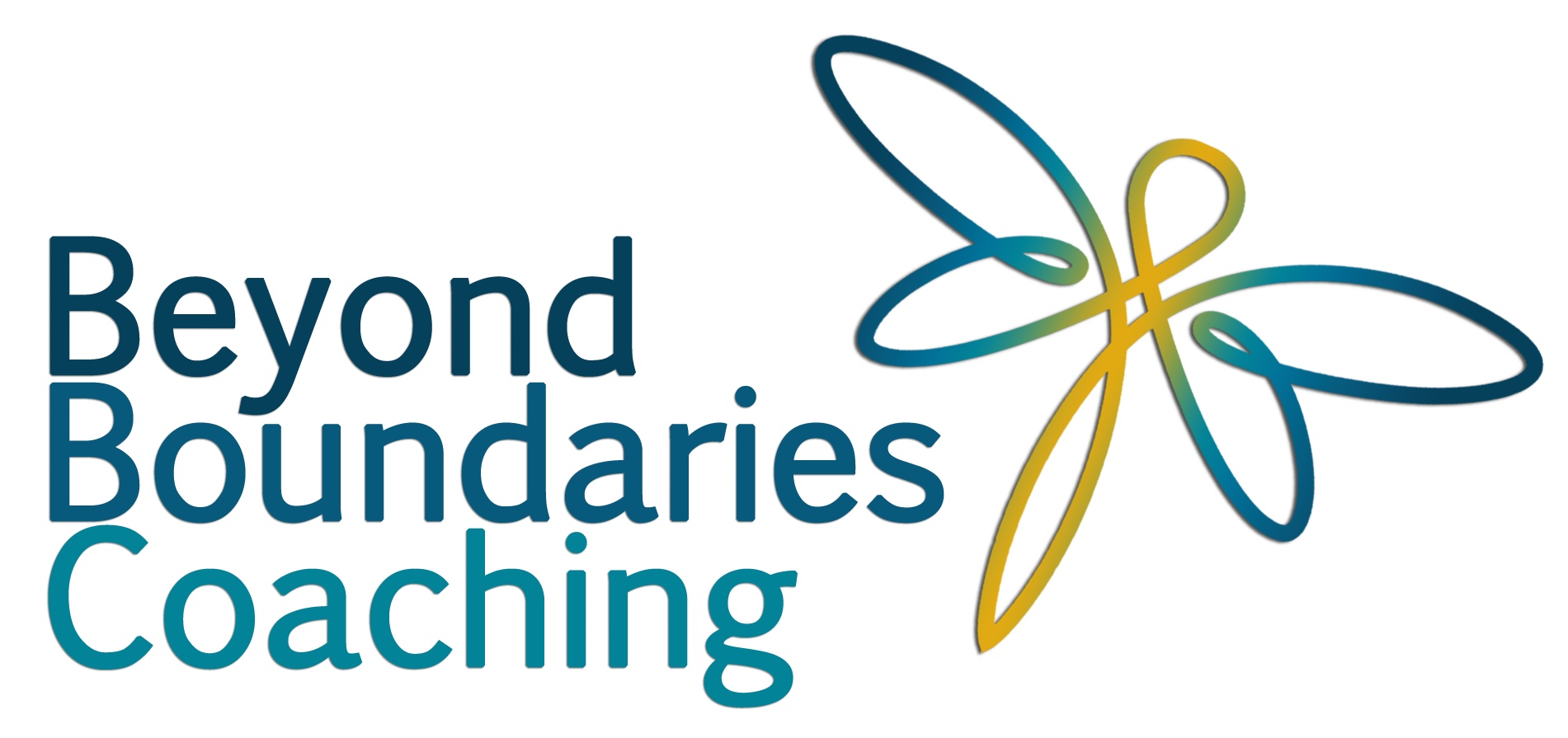You’ve probably heard that it takes either 21 or 30 days to create or break a habit. If you’re anything like me you’ve probably tried at some point to change a habit, and clung desperately to the new routine wondering why it doesn’t feel any more comfortable on day 22 than it did to start with. Well the truth about habits is somewhat different. So here is a little bit of background about how your brain really works to create habits and a couple of strategies you can try if you want to make it easier on yourself to build new ones.
The myth
The myth that it takes 21 days to make a habit comes from the observation by a plastic surgeon in the 1950s that it took his patients ‘a minimum of about 21 days’ for them to get used to seeing the new version of themselves after plastic surgery. Once written up, the Chinese whispers started and the bit about it being a minimum got lost.
In a study on the time taken to build habits which looked specifically at subjects trying to create a new ‘eating, drinking or activity behaviour’ the findings were that the actual time to create a habit varied from 18 to 254 days. The average was 66 days – more than triple the 21 day myth. That’s the bad news. The good news is that the study also found that missing a day didn’t make any significant difference to how long it took; in other words, if you miss a day all is not lost.
What is a habit?
To understand why it takes so long to make a new habit, and be able to consider some approaches that might make it easier, it helps to have an understanding of what habits are and how they are formed.
Essentially, they are automatic programmes that your brain has developed over your lifetime. They save your brain the energy and effort of making decisions when something is part of a regular routine. You probably have far more daily habits than you are consciously aware of. The moment your alarm goes off in the morning you might habitually hit the snooze button (or maybe that’s just me?!). You probably make a cup of tea the same way every time, and have you ever thought about whether you put your right or left shoe on first?
Your brain sets an automatic response in motion based on experiencing a trigger; it recognises a familiar situation and effectively says ‘I’ll take it from here’ so that you don’t consciously think about the following steps.
The whole point of this is to help you run efficiently, freeing up processing space in your brain for the things you do actually need to deal with. So far, so helpful. The problem comes when a routine has become wired into your brain and you now want to do something different. Your brain will continue to run the autopilot version unless you take conscious control. And you will need to take conscious control until you get to the point that you have created a new programme with its own new autopilot that can take over. This is possible, but it takes effort; so how can you help yourself by making it easier?
Habit creation strategies
Here are two approaches you can try to give yourself the best chance of success:
- ‘Chunk’ the habit into smaller pieces and tackle them one at a time
- Identify a trigger that prompts the response you want, then actively create that trigger
Often, people try and approach a habit as one thing when it is actually a series of smaller ones linked together. If you want to get into the habit of making healthier choices, this might mean eating smaller portions, eating different foods, drinking less alcohol, drinking more water, exercising more often… the list goes on.
You can try and tackle all of these at the same time, but it will need a lot of mental energy because you’ll need to consciously control lots of different responses. The more tired your brain gets, the harder it gets to make good decisions and exercise self-control. If you tackle one habit at a time, you are more likely to be able to focus on that habit and change it successfully. Once you feel confident that the new habit feels more comfortable than the old one, you can start working on the next.
Sometimes you might find that there are certain circumstances where you naturally do something, but you’d like to do it more consistently or in a wider variety of circumstances. In this case, identifying the trigger for the response you want can give you a shortcut to creating the habit. Take the example of drinking water; if I have a glass on my desk while I am working, it acts as a trigger and reminds me to drink more. By keeping a glass on my desk all the time, the habit of drinking water follows on. Rather than have to consciously think about planning to drink water throughout the day I can just make sure I have a glass on my desk at the start of the day and the rest follows.
Above all when it comes to habits, remember that you are literally rewiring your brain. Be patient, be consistent and you will reap the rewards.



